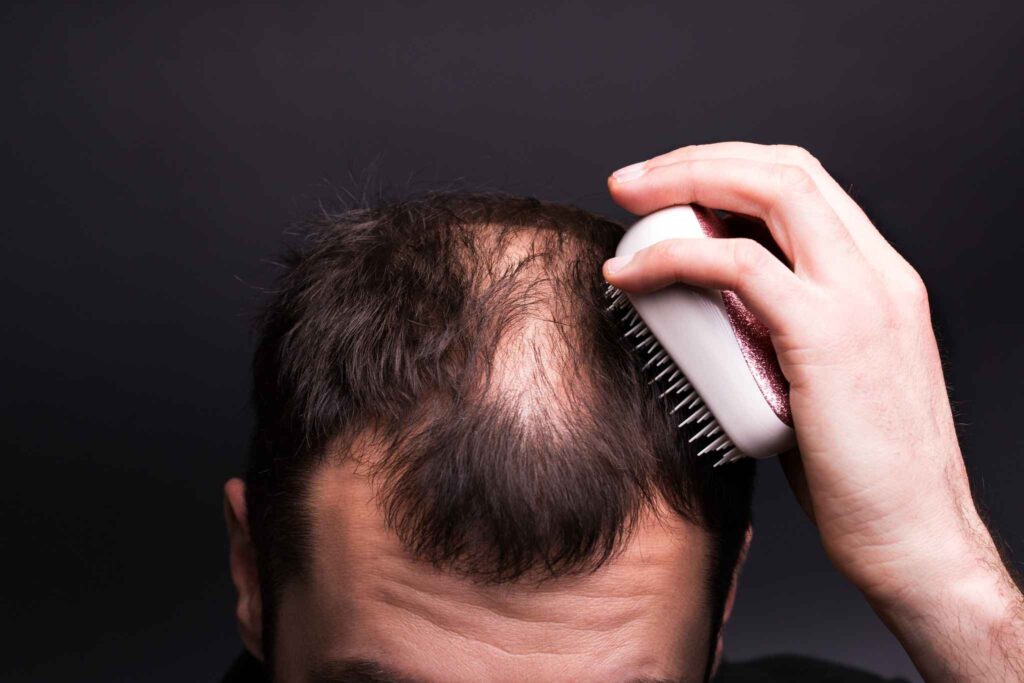- +97450262244
- info@hairreciveqatar.com

If you’re tired of thinning hair, bald patches, or receding hairlines affecting your confidence, you’re not alone. In fact, hair loss affects over 85% of men and 50% of women at some point in their lives. But what if we told you there’s a quick, non-surgical, and incredibly natural-looking solution?
Hair Fixing is rapidly becoming the go-to choice for people who want a fast transformation without the pain or downtime of surgery. But before you take the plunge, it’s crucial to understand exactly what hair fixing is, how it works, and whether it’s the right solution for your needs.
This post will take you through everything you need to know—so you can make an informed, confident choice.
Hair fixing is a non-surgical hair replacement method where a custom-made hair patch is attached to the scalp using advanced bonding techniques like clips, glue, or tapes. The hair system blends seamlessly with your natural hair, giving the illusion of a full head of hair—instantly.Unlike hair transplants, which involve surgery and a recovery period, hair fixing offers immediate results with zero downtime.
Here’s a step-by-step breakdown of how the hair fixing process works:
A professional examines your scalp condition, hair texture, and baldness pattern. Based on this, they recommend the most suitable hair system.
A tailor-made hair patch is crafted using natural human hair or high-quality synthetic fibers. The base is designed to match your scalp color and hair density.
There are multiple fixing methods:
Once fixed, the patch is cut, blended, and styled to match your existing hair.
Professionals provide instructions on how to maintain, wash, and care for your new hair system.
Hair fixing is suitable for:
It works well for both men and women, and is highly customizable regardless of your age, hair texture, or lifestyle.
Walk in with thinning hair, walk out with a full, natural-looking mane. No waiting, no healing.
Since it’s non-invasive, there’s no bleeding, stitches, or risk of infection.
Not sure if you’re ready for a permanent change? You can remove or upgrade your system anytime.
Choose the hair length, color, density, texture, and base that suits you best.
Compared to transplants, hair fixing is significantly more budget-friendly—especially for younger individuals or those unsure about surgery.
To keep your hair system looking fresh:
If you’re looking for a quick, affordable, and natural way to restore your appearance and confidence, hair fixing is absolutely worth considering.
It’s more than just a cosmetic solution—it’s a psychological boost. When you look good, you feel good—and that shows in every area of life.
Message us now